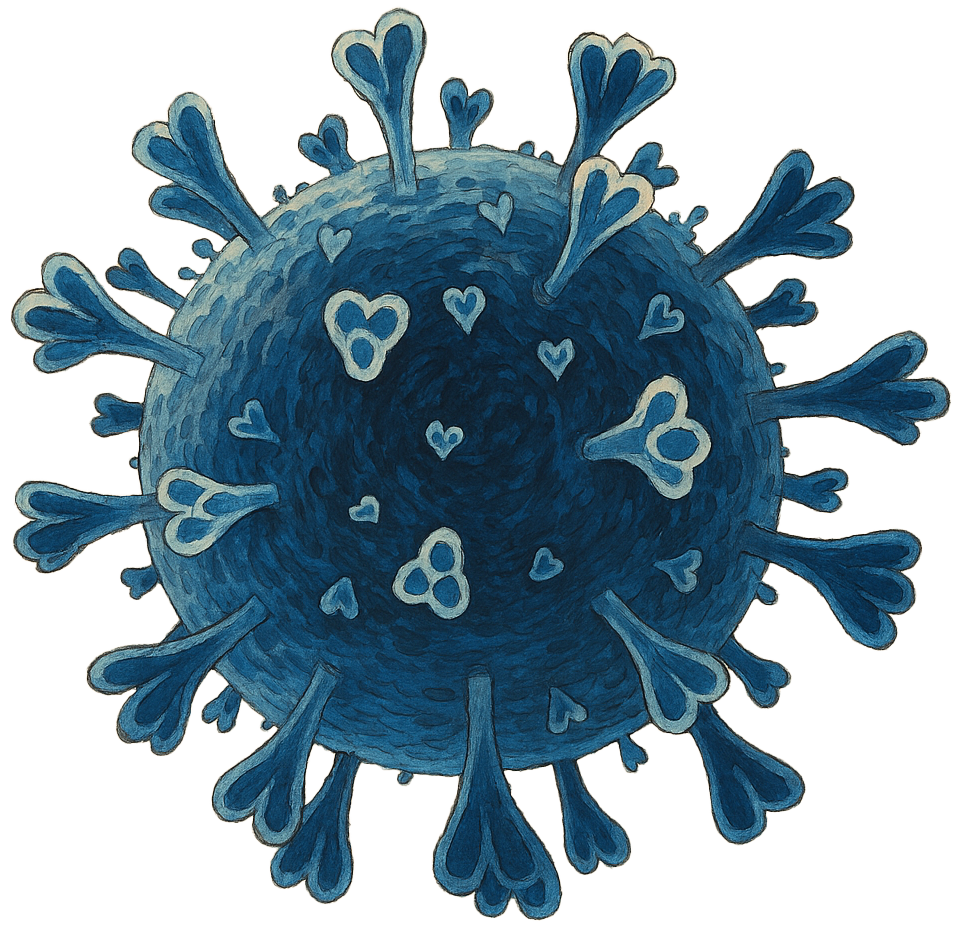QDQF1 for COVID-19

COVID-19 involves the interplay of over 200 viral and host proteins and factors providing many therapeutic targets.
Scientists have proposed over 10,000 potential treatments.
c19early.org analyzes
170+ treatments.
, Investigating the Mechanism of Qu Du Qiang Fei 1 Hao Fang Formula against Coronavirus Disease 2019 Based on Network Pharmacology Method, World Journal of Traditional Chinese Medicine, doi:10.4103/2311-8571.395061
Abstract Objective: Qu Du Qiang Fei 1 Hao Fang (QDQF1) is a novel Chinese herbal medicine formula used to treat coronavirus disease 2019 (COVID-19). However, the pharmacological mechanisms of action of QDQF1 remain unclear. The objective of this study was to identify the effective ingredients and biological targets of QDQF1 for COVID-19 treatment. Materials and Methods: The effective ingredients and mechanisms of action of QDQF1 were analyzed by using network pharmacology methods, which included an analysis of the effective ingredients and corresponding targets, COVID-19-related target acquisition, compound-target network analyses, protein-protein interaction network analysis, Kyoto Encyclopedia of Genes and Genomes (KEGG) and Gene Ontology (GO) enrichment analyses, and molecular docking studies. Results: In total, 288 effective QDQF1 ingredients were identified. We identified 51 core targets from the 148 targets through an overlap between putative QDQF1 targets and COVID-19-related targets. Six key components, including formononetin, kaempferol, luteolin, naringenin, quercetin, and wogonin were identified through component-target network analyses. GO functional enrichment analysis of the core targets revealed 1296 items, while KEGG pathway enrichment analysis identified 148 signaling pathways. Nine central targets (CCL2, CXCL8, IL1B, IL6, MAPK1, MAPK3, MAPK8, STAT3, and TNF) related to the COVID-19 pathway were identified in the KEGG pathway enrichment analysis. Furthermore, molecular docking analysis suggested that the docking scores of the six key components to the nine central targets were better than those to remdesivir. Conclusions: QDQF1 may regulate multiple immune-and inflammation-related targets to inhibit the progression of severe acute respiratory syndrome coronavirus 2, and thus, may be suitable for the treatment of COVID-19.
Please send us corrections, updates, or comments.
c19early involves the extraction of 200,000+ datapoints from
thousands of papers. Community updates
help ensure high accuracy.
Treatments and other interventions are complementary.
All practical, effective, and safe
means should be used based on risk/benefit analysis.
No treatment or intervention is 100% available and effective for all current
and future variants.
We do not provide medical advice. Before taking any medication,
consult a qualified physician who can provide personalized advice and details
of risks and benefits based on your medical history and situation. IMA and WCH
provide treatment protocols.
Thanks for your feedback! Please search before submitting papers and note
that studies are listed under the date they were first available, which may be
the date of an earlier preprint.
